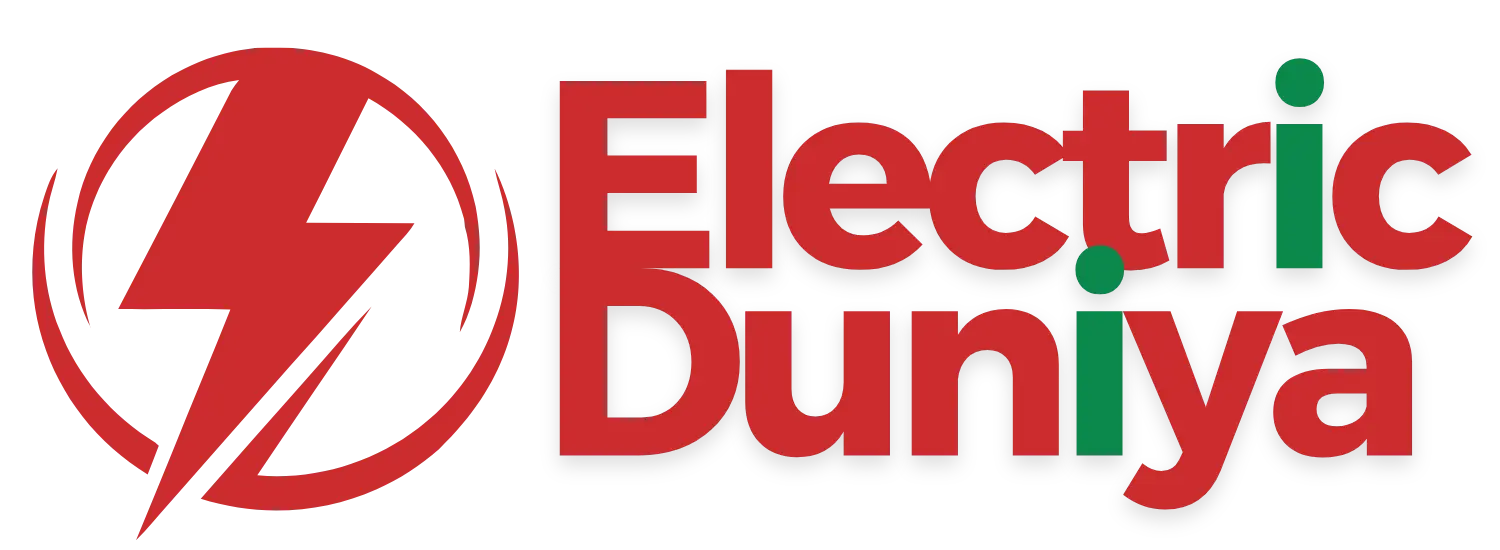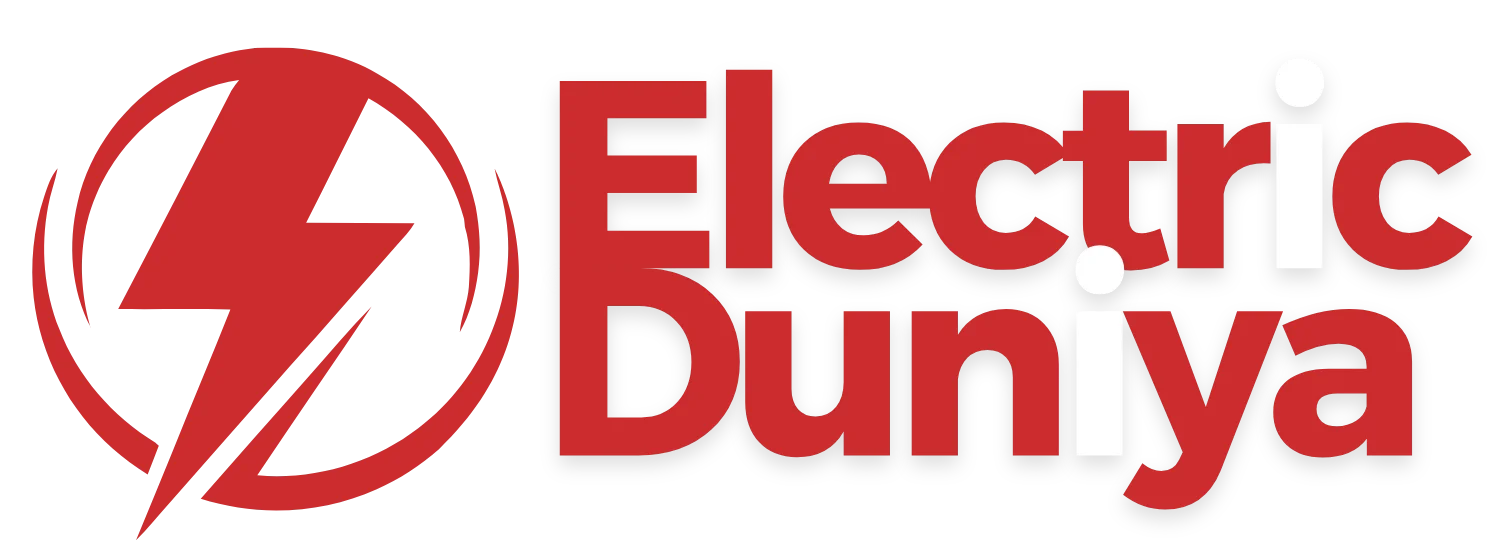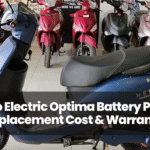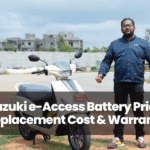One of the smartest features in electric scooters like the Ola Electric S1 is regenerative braking—a built-in energy-saving mechanism that transforms braking power into usable battery charge.
Instead of wasting momentum as heat like in traditional braking systems, regenerative braking recovers kinetic energy and feeds it back to your scooter’s battery.
Think of it as charging while you ride—especially when slowing down or going downhill.
Understanding how to use this feature effectively can help you extend your riding range, improve battery efficiency, and contribute to more sustainable commuting.
Here’s a step-by-step guide on how to get the most from regenerative braking in your Ola S1.
1. Plan for Deceleration
Anticipating traffic patterns and slowing down early is a key strategy for effective energy recovery.
When you notice a red traffic light, a curve, or a slowdown ahead, ease off the accelerator in advance instead of waiting until the last moment to brake.
This approach enables the regenerative braking system to engage gently and capture more energy from the scooter’s motion, converting it into battery charge rather than wasting it through mechanical brakes.
It’s not just smart riding—it’s also better for energy conservation and brake wear.
2. Adjust the Regeneration Level
Ola S1 allows you to customize the intensity of regenerative braking through its onboard settings. This lets you tailor your riding experience to your comfort level and maximize efficiency.
How to adjust regen level:
- Open the settings menu on your scooter’s dashboard screen.
- Navigate to “Regen Level” or a similarly labeled option.
- Choose from multiple regeneration levels (often represented numerically or graphically).
- Test ride each level to understand the braking strength and smoothness.
- Fine-tune based on terrain, traffic, and your preferred riding style.
A higher regen level means stronger automatic braking and more energy recovered, while a lower level provides a smoother, coasting feel with reduced energy capture.
3. Coast Whenever You Can
Another great way to take advantage of regenerative braking is by coasting, which means releasing the accelerator gradually instead of immediately applying the brakes.
The moment you lift your hand off the throttle, the regenerative system activates, gently decelerating your scooter while simultaneously generating power.
Think of it like gliding downhill on a bicycle—you’re letting the momentum work for you. Frequent coasting not only saves energy but also reduces wear on mechanical brake components.
4. Brake Smoothly for Maximum Efficiency
While regenerative braking assists in slowing the vehicle, it’s most effective when paired with smooth and gradual braking rather than abrupt stops.
Harsh braking engages the mechanical brakes more quickly, bypassing the regenerative system.
To make the most of it:
- Start braking early and gently.
- Use gradual pressure instead of sudden levers.
- In traffic, maintain distance from vehicles ahead to give yourself enough time for gentle deceleration.
This not only helps recover more energy but also promotes a smoother and safer riding experience.
5. Monitor Regeneration Feedback on Display
The Ola S1 dashboard provides real-time feedback on how much energy is being regenerated during braking. This data is crucial for building more efficient riding habits.
Pay attention to metrics like:
- Regeneration bars or percentages
- Instantaneous energy flow indicators
- Overall battery status and charge gain from braking
By watching these indicators, you can fine-tune your throttle and braking behavior to maximize energy recovery during every ride.
6. Drive Smoothly to Conserve Energy
Driving patterns significantly affect the performance of regenerative braking. Smooth acceleration and deceleration, especially in urban traffic, help maintain consistent energy recovery.
Avoid rapid throttle inputs or sudden speed shifts. Instead:
- Accelerate gradually.
- Keep a steady cruising speed when possible.
- Avoid frequent stops-starts unless necessary.
Smooth driving habits not only improve regeneration but also contribute to battery longevity and optimal range.
7. Use Downhill Slopes to Recharge
Downhill segments are one of the best opportunities to maximize energy regeneration in your Ola S1.
Gravity is already doing the job of moving you forward, so the scooter doesn’t need as much power from the battery.
By gently releasing the accelerator while descending:
- The regenerative braking system kicks in automatically.
- Energy that would otherwise be lost to friction is converted into charge.
- Your scooter’s range is extended passively.
When planning your route, include terrain that incorporates mild downhill stretches for enhanced battery gain.
8. Adapt to Terrain and Traffic Conditions
To truly master regenerative braking, it’s important to adjust your riding technique based on road conditions:
- In stop-and-go traffic, use light acceleration and gentle braking to repeatedly harvest energy.
- On hilly roads, leverage elevation changes by coasting downhill and braking early on ascents.
- In dense urban areas, keep a safe distance to avoid sudden stops and optimize braking recovery.
Smart adaptation not only helps capture more energy but also makes your rides more fluid and enjoyable, while preserving the life of your braking system.
Final Thoughts
Using regenerative braking effectively is more than just a neat trick—it’s a smart way to extend your scooter’s range, reduce wear on your brakes, and support a cleaner, greener ride.
To summarize:
- Plan ahead to allow smooth deceleration.
- Adjust regen levels to suit your comfort.
- Coast, drive smoothly, and brake gently.
- Use hills and traffic to your advantage.
- Monitor energy data for continuous improvement.
By integrating these strategies into your daily commute, you turn every stop into a small recharge—making your Ola S1 ride more efficient, cost-effective, and eco-friendly.
Happy riding and keep regenerating!







